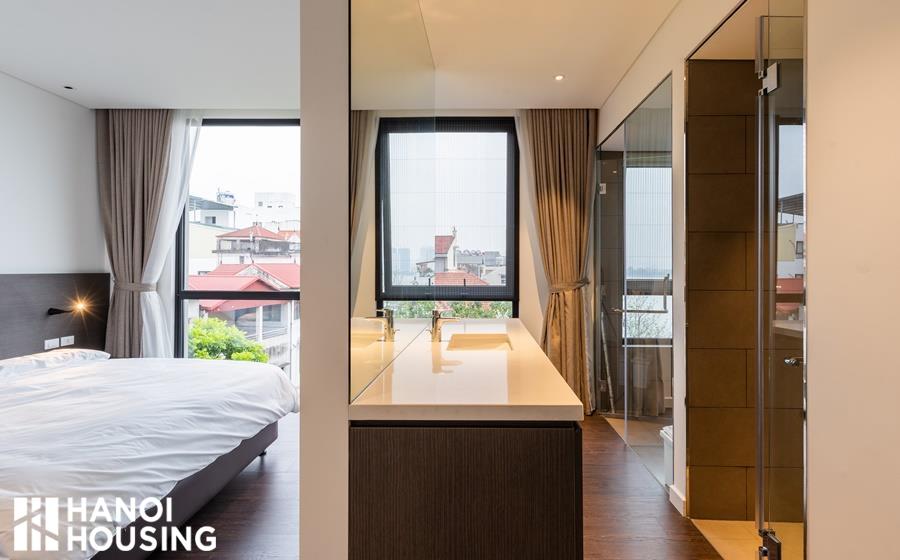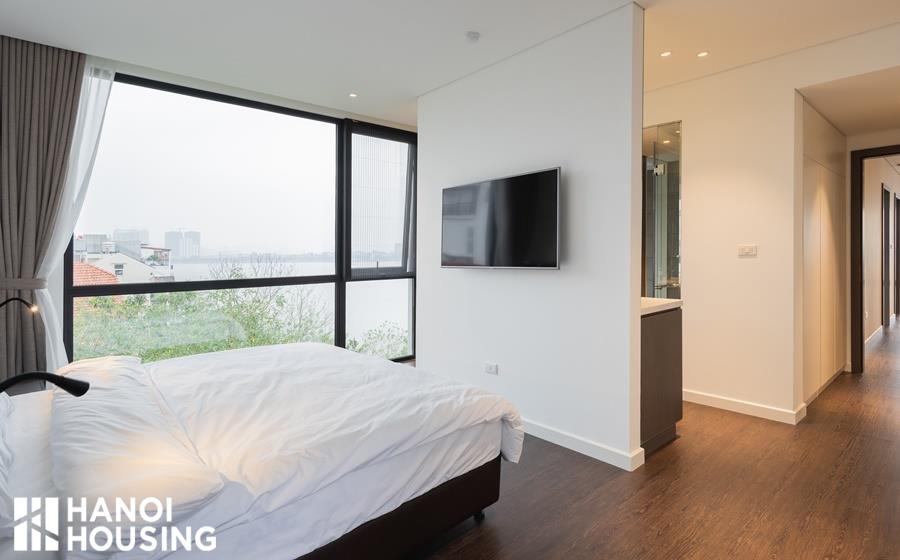The way furniture is arranged in a bedroom plays a vital role in how the space feels and functions. A well-organized bedroom layout promotes better sleep, easier movement, and a calmer environment. Whether you're moving into a new place or simply rearranging what you already have, following some basic rules can help you make the most of your space. Here are 10 key principles to guide you in arranging bedroom furniture effectively:
1. Start with the Bed as the Focal Point
The bed is the centerpiece of any bedroom, so it should be the first piece you place. Ideally, position the bed against the longest wall and where it’s visible as you enter the room. Avoid placing it directly under a window if possible, unless it’s the only logical spot. Symmetry helps, so try to center the bed with equal space on both sides.
2. Ensure Comfortable Circulation Space
Leave enough space around the bed to move comfortably. A good rule of thumb is to allow at least 60–75 cm (24–30 inches) of walking space on each side of the bed and at the foot. This not only improves flow but also prevents the room from feeling cramped.

3. Use Nightstands for Balance and Functionality
Place a nightstand on each side of the bed for visual balance and convenience. They don’t have to match exactly but should be similar in height. Nightstands are essential for holding lamps, alarm clocks, and other bedtime essentials.
4. Position Dressers Strategically
Dressers should be placed against a wall that doesn’t interfere with movement or block windows. If possible, position them where they can open fully without hitting anything. In small bedrooms, opt for taller dressers instead of wider ones to save floor space.
5. Add Seating Only if There’s Room
If space allows, a small bench at the foot of the bed or a cozy chair in the corner can enhance both functionality and style. Avoid overcrowding—if the seating makes the room feel tight, it’s better to leave it out.

6. Don’t Block Windows or Natural Light
Natural light makes any room feel more spacious and inviting. Avoid placing large furniture items like wardrobes or headboards directly in front of windows. Instead, try to keep these areas open to allow maximum light to enter.
7. Make Use of Vertical Space
When floor space is limited, think vertically. Tall wardrobes, bookshelves, and wall-mounted shelves can provide storage without taking up much room. Just be sure not to overwhelm the room with bulky pieces—keep proportions in mind.
8. Keep Frequently Used Items Accessible
Arrange furniture in a way that supports your daily habits. For example, if you use a vanity regularly, place it near a power outlet and good lighting. Place laundry baskets in a corner that’s easy to reach. Keep items you use often within easy access to avoid unnecessary movement.
9. Consider Door Swing and Window Access
Be mindful of how doors and windows open. Make sure doors (to the room, closet, or bathroom) can swing open without hitting furniture. Also, ensure you can still open and close windows easily and access them for fresh air and cleaning.
10. Maintain Visual and Physical Balance
The arrangement should feel visually balanced. Avoid placing all heavy furniture on one side of the room, which can make it feel lopsided. Distribute large and small items evenly across the space to create a harmonious look. Rugs, lighting, and wall art can also help balance the layout.
Final Thoughts
Arranging furniture in your bedroom isn’t just about fitting everything in—it's about creating a space that feels peaceful, functional, and personal. With these 10 simple principles, you can make your room more organized, spacious, and comfortable without needing a full redesign. Whether your bedroom is large or small, these tips can help you get the most out of your space.









 比較する (0)
比較する (0)